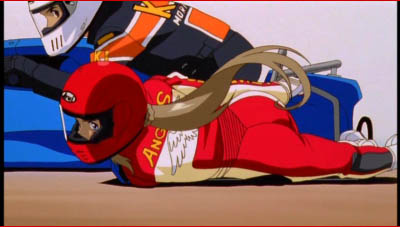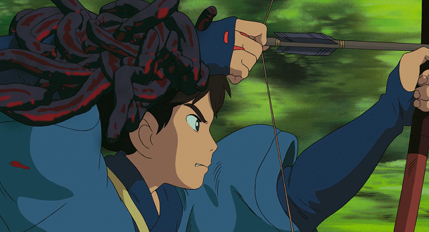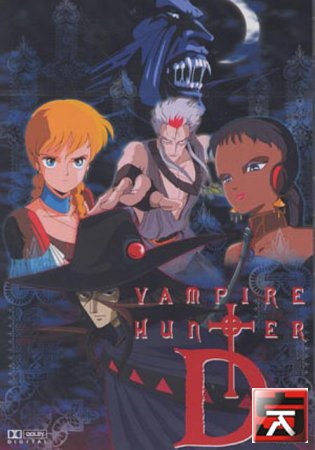 |
| Image taken from collectionanimatedmovie.blogspot.com |
The film of this week is Nausicaa of the Valley of the Wind by the same director as the two previous studo ghibli films we watched, Hayao Miyazaki. Many of his films are well known around the world, even people who usually don’t know much about anime can recognize his style. His films usually teach a lesson or raise awareness to problems people may overlook carelessly. In my blog I will be discussing the two heroines in the films Princess Mononoke and Nausicaa of the Valley of the Wind.
 |
| Image taken from geek-news.mtv.com |
San of Princess Mononoke was raised by wolves and bonded with nature, calling it her true form. She does all she can to protect it from the humans that were destroying the forest her family resides in. Princess Nausicaa of the Valley of the Wind also has a bond with nature. She cares for all living creatures and humans alike. She travels to the poisonous forest full of insects and interacts with them. When they are threatened she protects them as well as her valley. The people of her valley tend to examine things she brings back from the forest, yet they do their best to not disturb it.
 |
| Image taken from nausicaa.net |
The two women do have differences in their methods of protecting their family and the environment. San is more hostile and is quick to kill any humans that step foot near or in her forest. Nausicaa tries to avoid all physical conflict. She did kill the soldiers that murdered her father, but she immediately regretted doing such a thing. She tries to resolve her conflicts with non-physical/non-violent methods as opposed to San usually attacking her enemies brutally.
Both interact with nature in unique ways. San was raised by wolves and speaks with the animals in the forest. She behaves like them at times it seems. The forest knows her and acknowledges her despite the fact she is a human. It seems the animals knew this, some did not mind while others did. Nausicaa interacts with nature with her insect charm and her personality. She usually tries to show the creature that there is nothing to fear (Teto bit her finger when they met, but when he realized she wasn’t a threat, he began licking the wound he inflicted upon her), or she tries to calm the Ohmu to keep them from being destructive.
 |
| taken from ghibli-gifs.tumblr.com |
Aside from this comparison, I enjoyed the film Nausicaa of the Valley of the Wind and it reminded me how humans can STILL cooperate with nature rather than being destructive. Humans were able to do so at one point before, it’s pretty sad how that rarely happens these days.
side note: If you really loved the film as much as I did, you should consider taking some time to read the manga/comic of it. I haven't but I plan to do so.






















